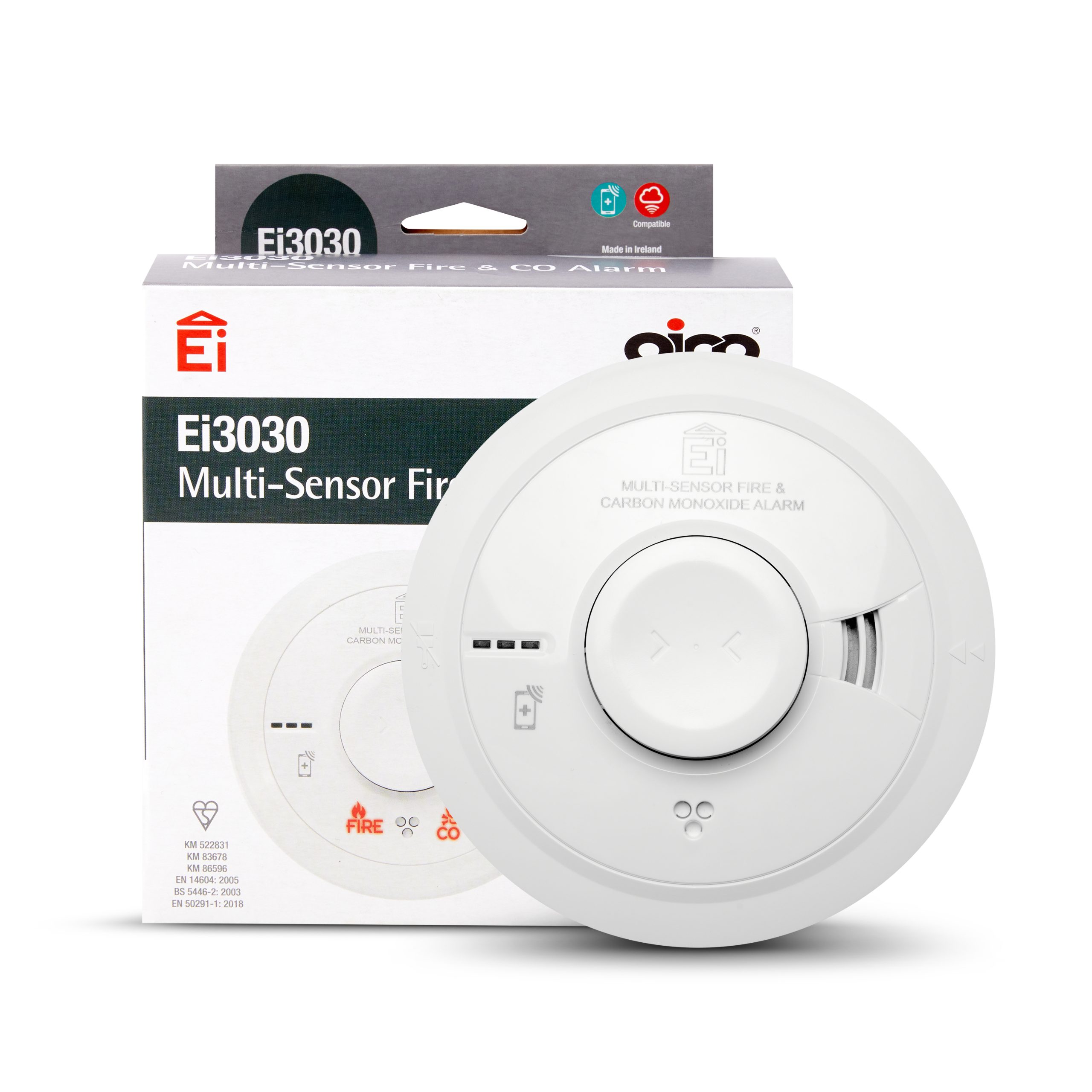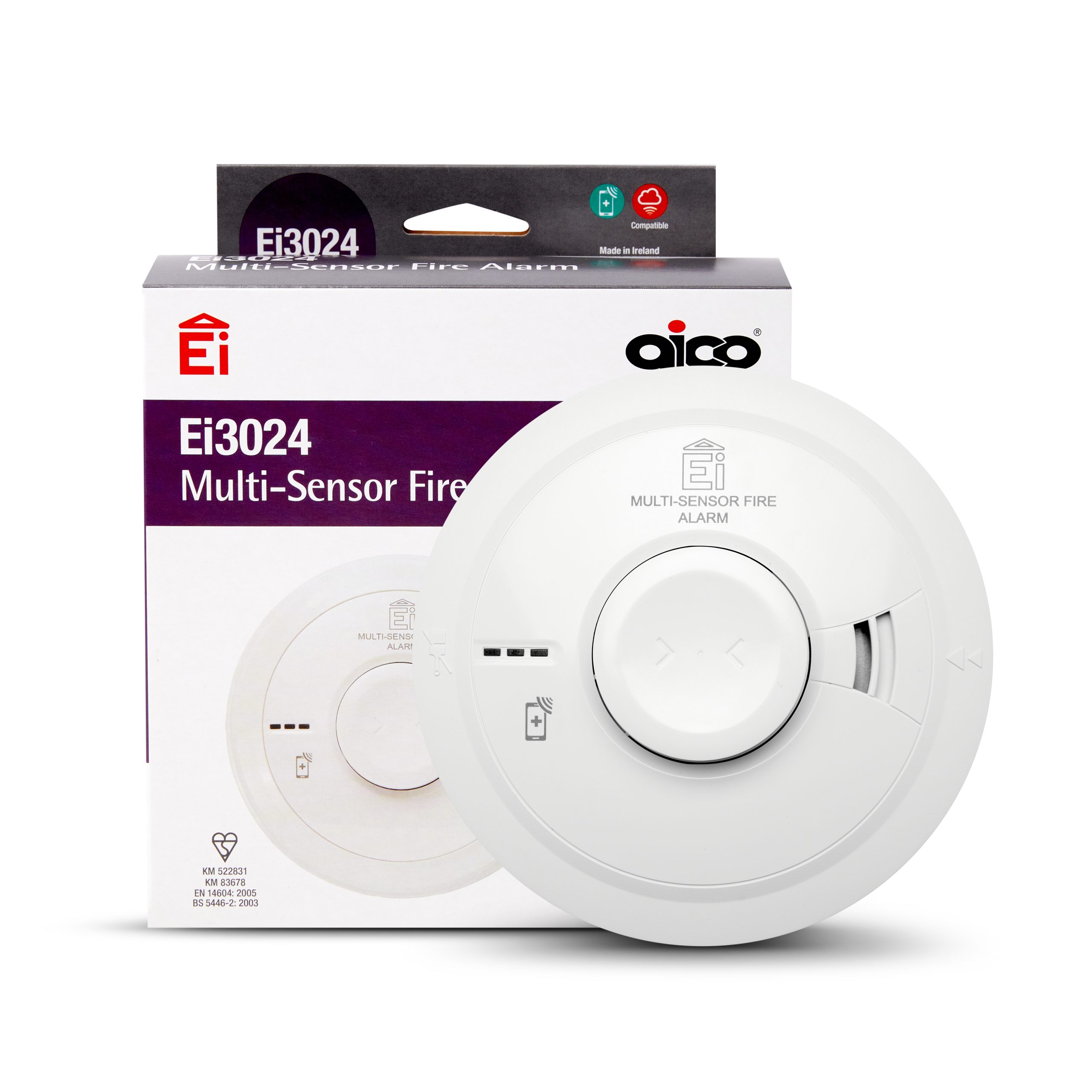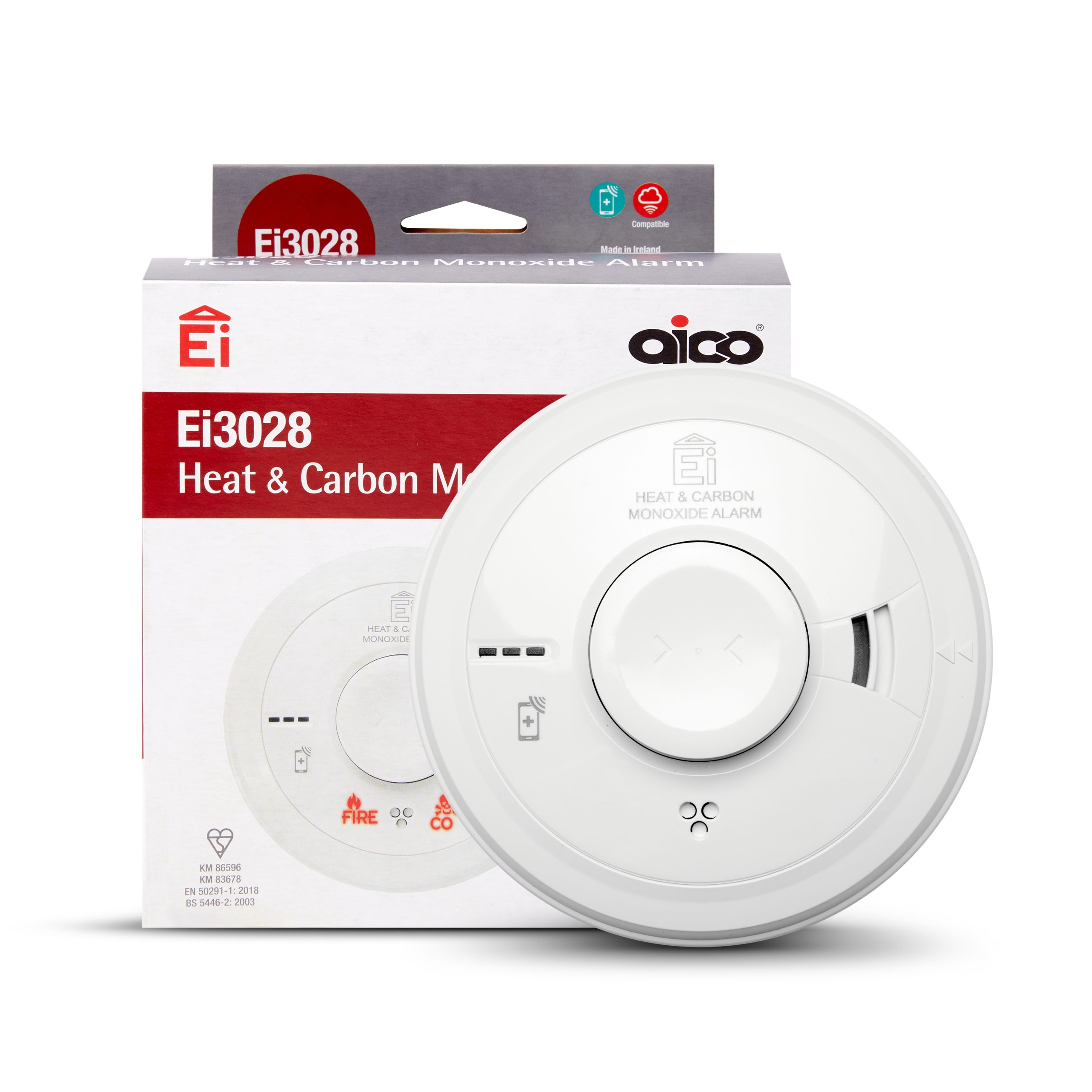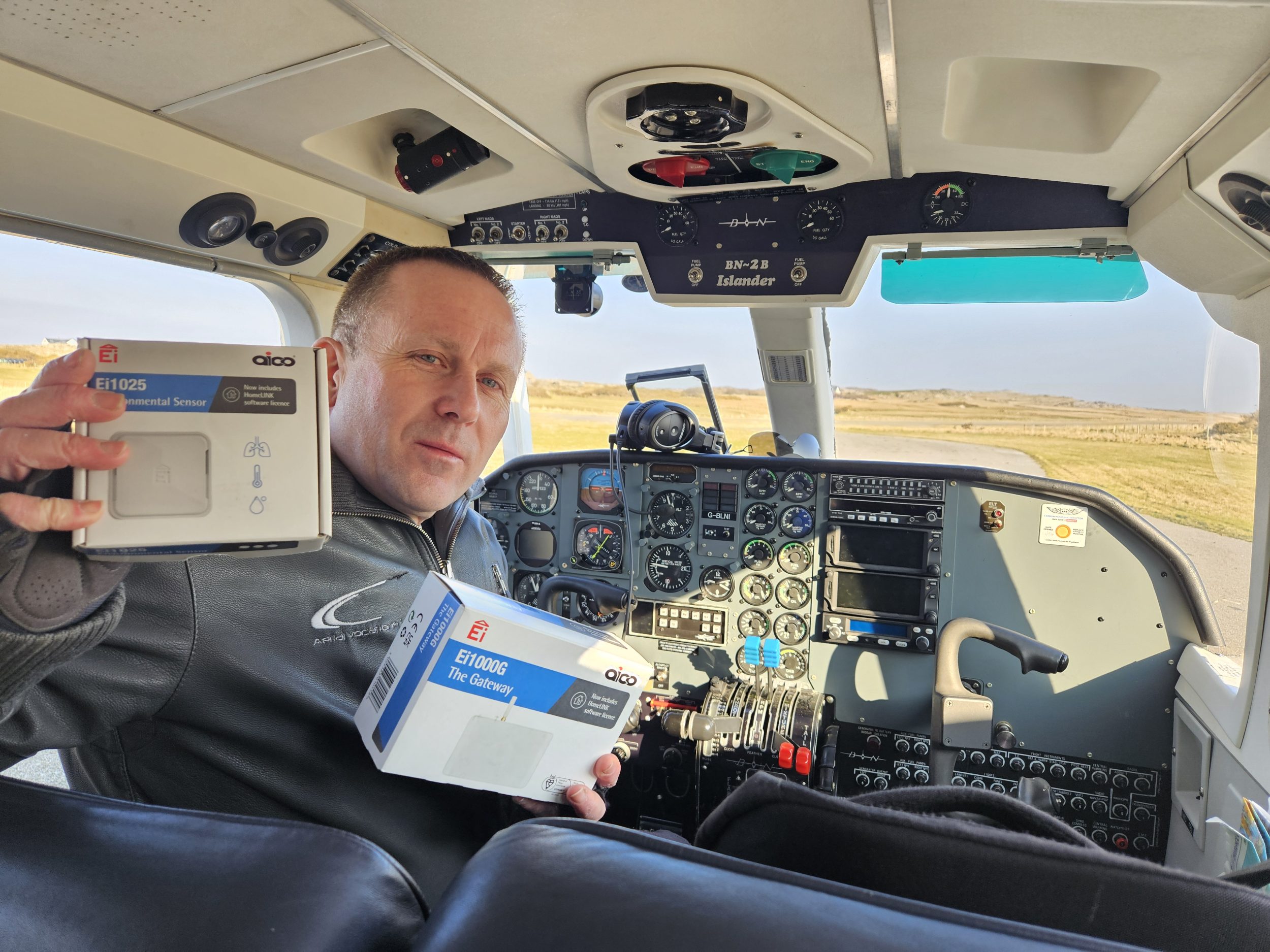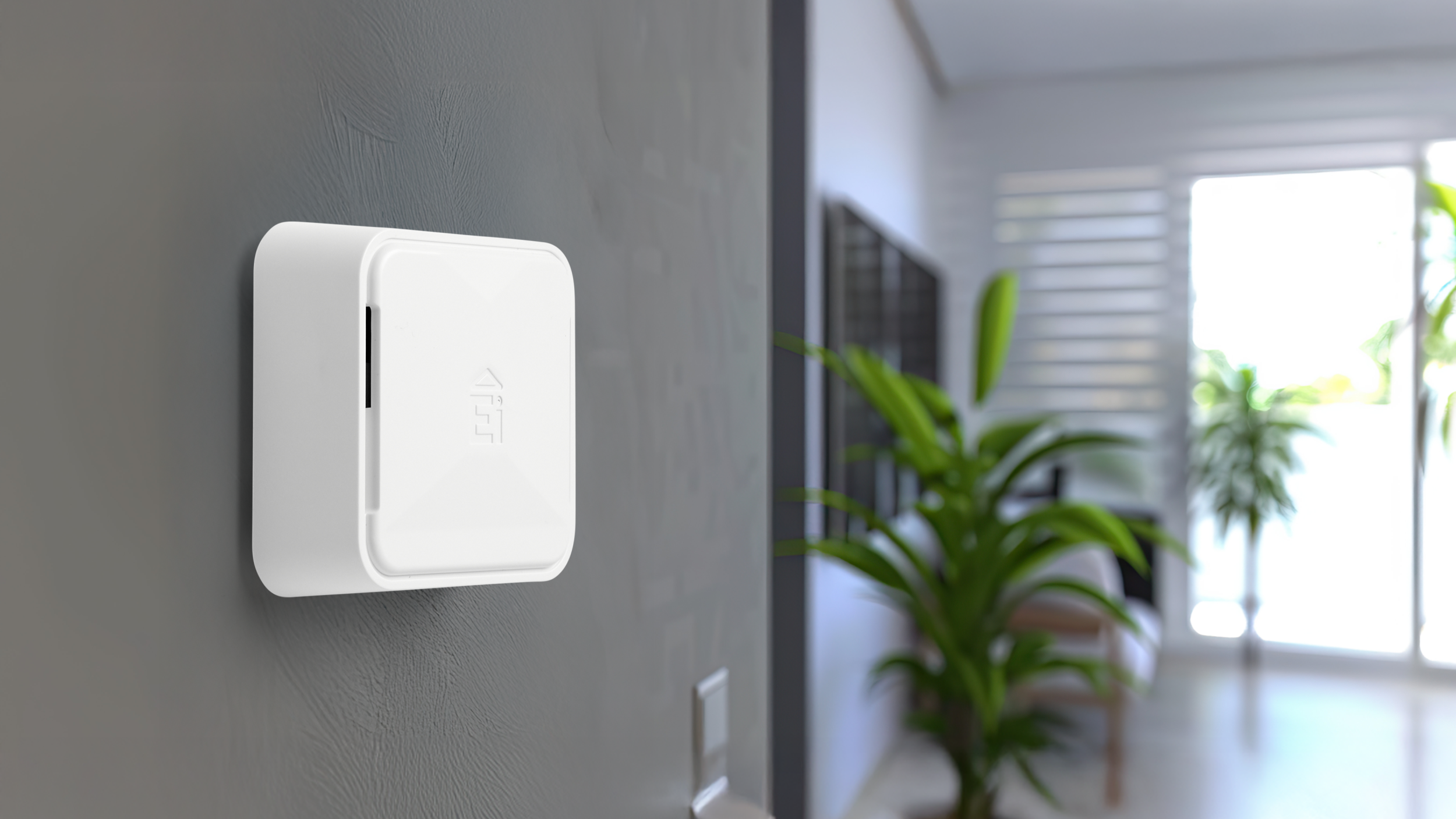BS 5839-6:2019 Installation Recommendations
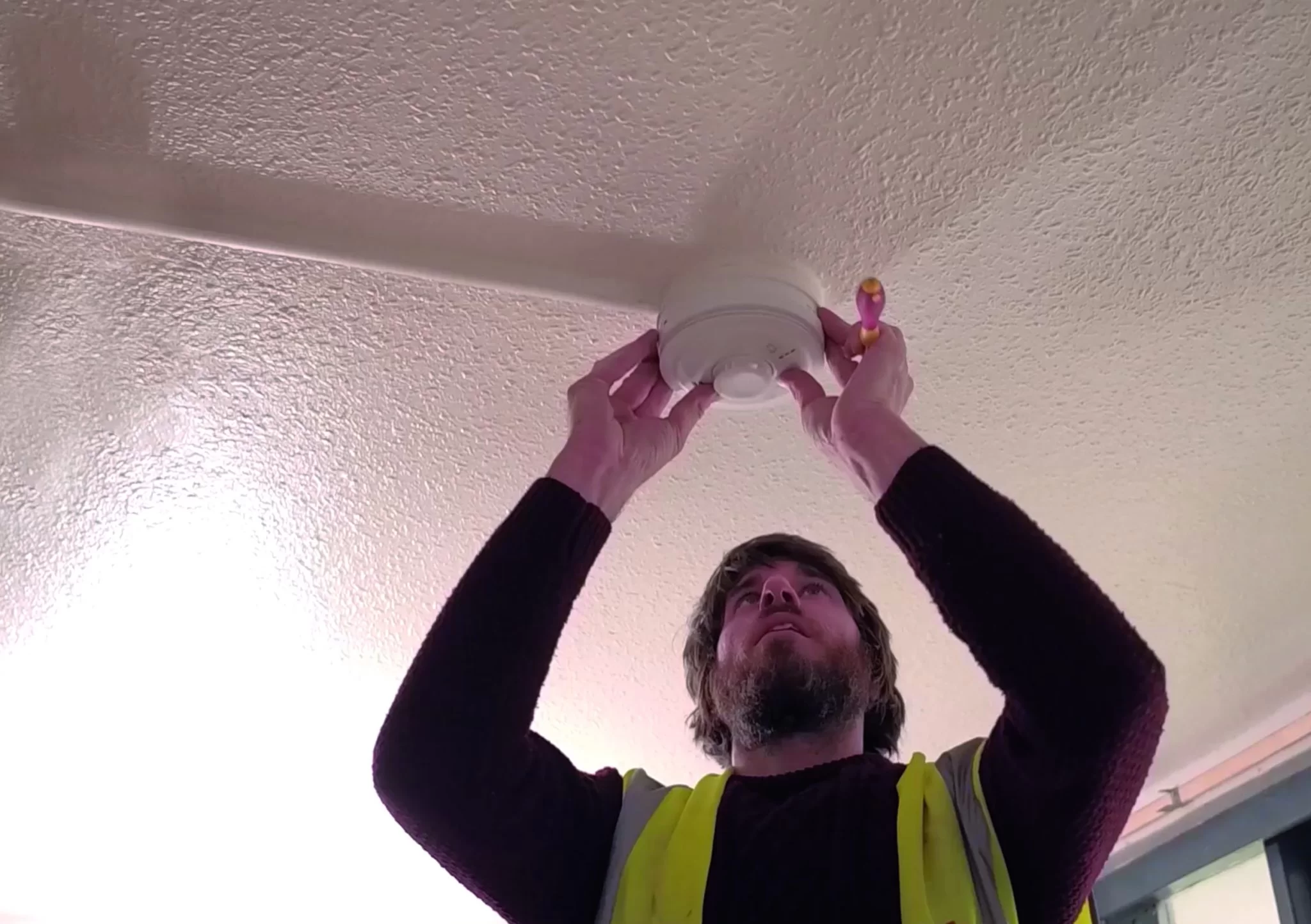
Posted On:
2nd November 2020
British Standard BS 5839-6:2019 is a best practice guide, applicable to domestic premises, existing properties and new build properties in the UK.
This guide emphasises Fire Risk Assessment to recognise the varying requirements of different types of dwelling.
So, according to this standard, where should fire alarms be installed?
——————————————————————————————————–
BS 5839-6:2019 outlines 3 distinct Categories, or levels of protection, for a dwelling:
The first is Category LD3.
This is the lowest level of coverage and offers basic fire protection. LD3 is acceptable in privately owned properties, where the homeowner has the responsibility of their life safety.
LD3 fire protection would have a fire alarm in areas that form part of an escape route in the event of a fire. This is usually hallways and landings but can also include any area or room that you must pass through in order to evacuate the property.
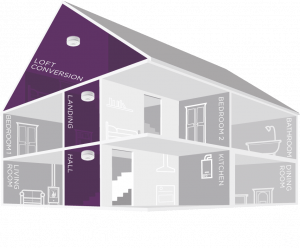
——————————————————————————————————–
Category LD2 provides a medium level of fire protection and the standard recommends that all rented properties should meet this requirement as landlords have a responsibility to protect their tenants.
LD2 requires a fire alarm in areas that form part of an escape route, a heat alarm in the kitchen and a fire alarm in the principle habitable rooms.
A principle habitable room is a room most used during daytime living, such as a living room but this could also mean a bedroom or dining room – it is dependent on the property and the residents.
A Fire Risk Assessment would highlight the principle habitable room/s, hence the importance of getting an assessment for your property.
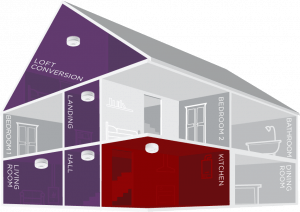
——————————————————————————————————–
The highest level of fire protection is Category LD1.
This involves installing a fire alarm in every room except the bathroom, areas that form part of escape routes and a heat alarm in the kitchen.
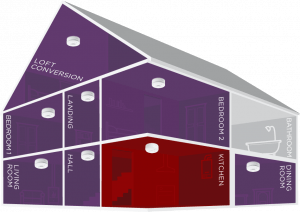
——————————————————————————————————–
A key consideration is the size of the property and the layout; if a property has LD3 protection will a resident hear the alarms sounding from the other side of the dwelling?
BS 5839-6:2019 states that the fire alarm system should be interlinked, and this can be achieved either by hard-wiring alarms together or using wireless Radio-Frequency modules.
The standard also recommends that a Carbon Monoxide (CO) alarm should be fitted where there is a fuel burning appliance or flue, and that the CO alarm can be standalone or be interlinked with the fire alarm system.
If you are interlinking a CO alarm with fire alarms, we would recommend a control switch, to differentiate between a fire activation and a CO activation, such as our Ei450.
By Alex

Alex is the marketing manager and loves all things football.
